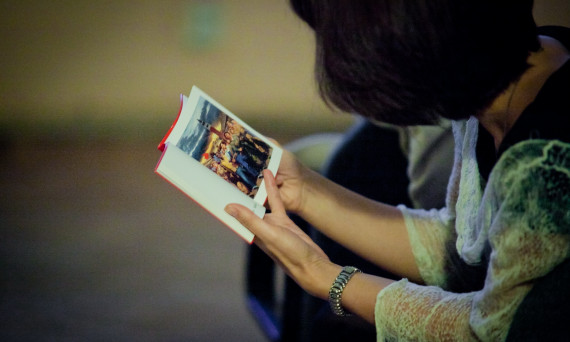Sarah Wilson – Professor of the Courtauld Institute of Art, London, chair d'excellence holder at the Université de Versailles-Saint Quentin (2012-2013), Chevalier des Arts et des Lettres (1997), member of the International Advisory Board of the Art History Department, European University at St. Petersburg. She published a number of books and exhibition catalogues including The Visual World of French Theory: Figurations, Yale University Press, 2010.
In the 1960s, Mao’s China becomes a new territory for the imagination and a reality for the happy few, artists and intellectuals, who were offered highly controlled visits. By 1967, the 50th anniversary of the Russian Revolution, China fever was already satirised in Jean-Luc Godard’s Les Chinoises. In post-Althusserian Paris, a critical, Mao-inspired figuration (Erro, Rancillac) confronted the structuralist materialism of the Supports-Surfaces group whose review Peinture Cahiers théoriques , with its manifestos and pictograms was close to Tel Quel. The figurative /materialist split in the art world, (displacing the stand–off between Cold War socialist realism and abstraction) precisely mirrored the division in Mao’s China between academic oil-painting with its cult of personality, and calligraphic and craft traditions. Artist Gérard Fromanger joined the Belgian Communist filmmaker Joris Ivens on a trip to China in the wake of the pioneering visit by the The Tel Quel group, Roland Barthes, Philippe Sollers, Julia Kristeva and art critic Marcelin Pleynet, Michel Foucault’s text ‘Desire is everywhere’ problematised Fromanger’ trip; Jacques Lacan’s own drawings gloss the Supports-Surfaces adventure. The mirage did not last; the passion has been buried.
24.06.2013
Факультет истории















